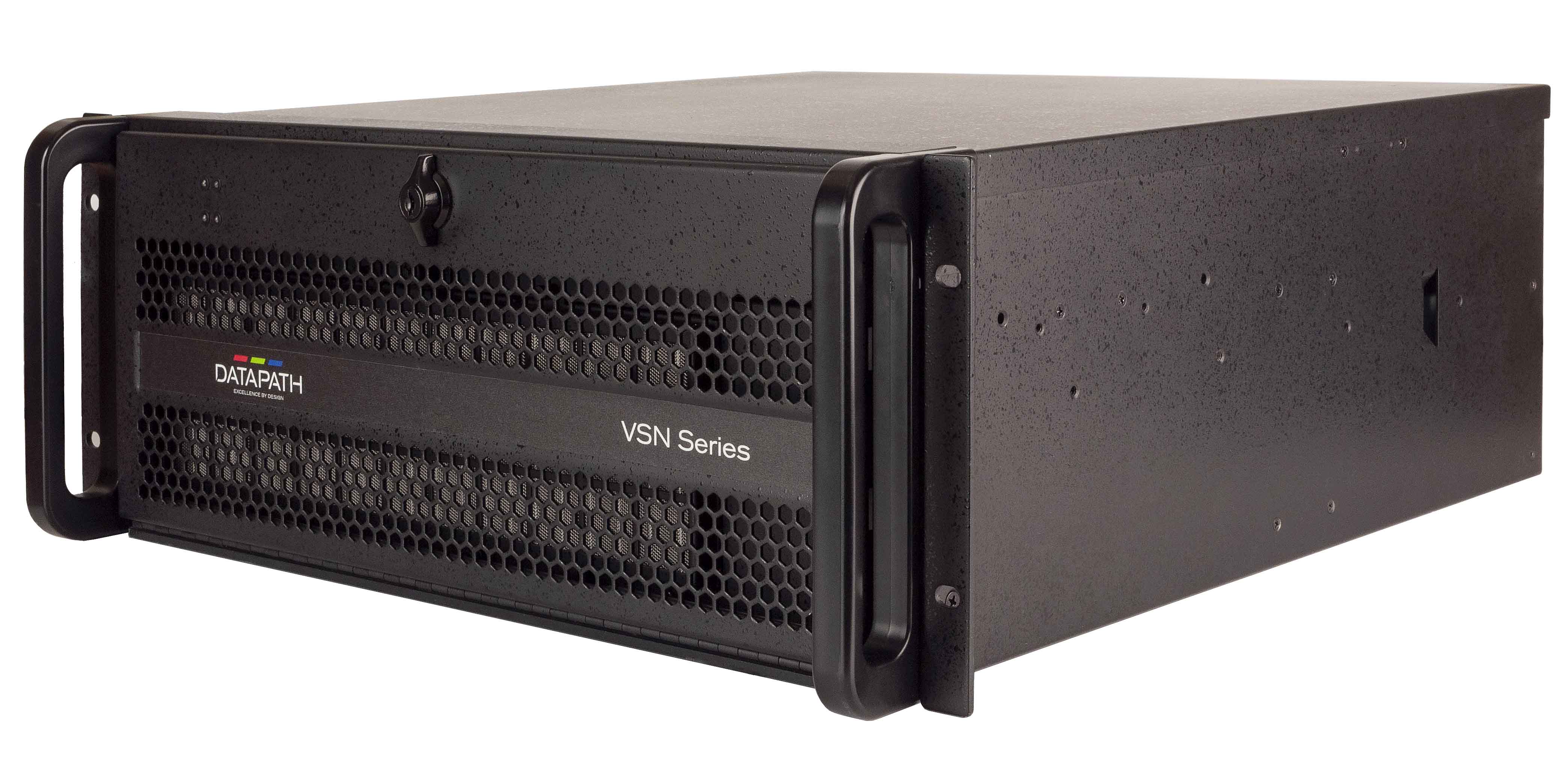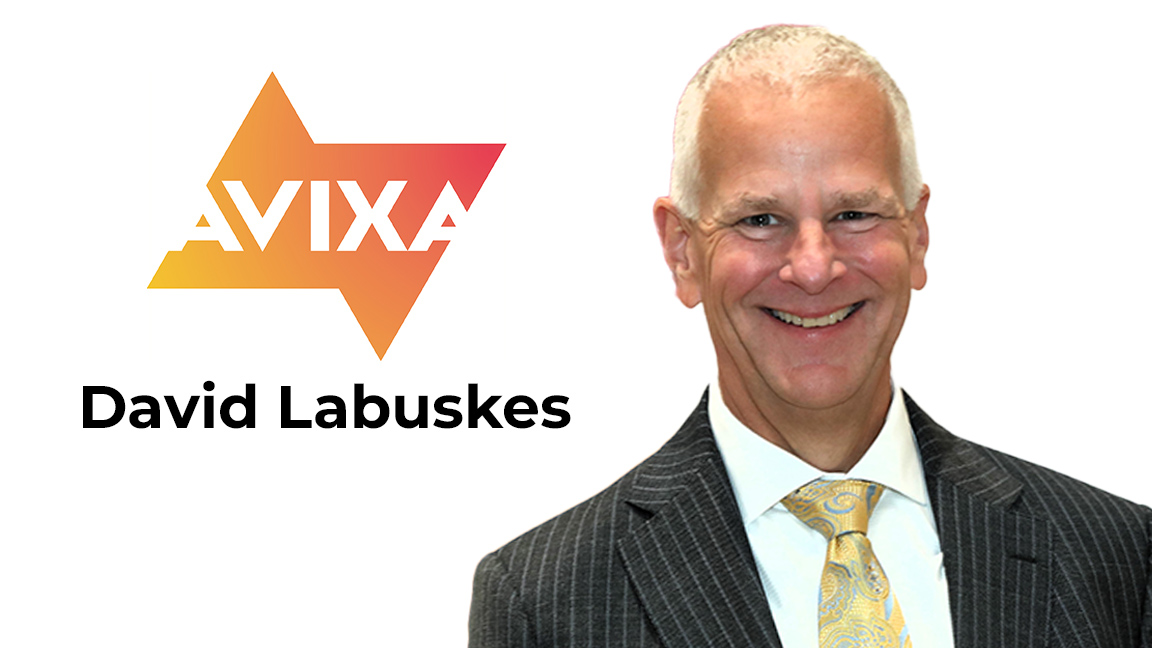Executive Q&A: All About the Pixels
Datapath's Mark Bohs, director of sales, Americas, talks video processing and the company's new Aetria control room solution.

SCN: How long have you been with this company, and what are your responsibilities?
Mark Bohs: I joined the Datapath team in the spring of 2016. My role is to lead the company’s sales teams who operate throughout North and South America. In the past 7.5 years, Datapath’s success has seen our team grow to representatives covering every state as well as Canada and LATAM.

SCN: Let’s talk a little history. Datapath celebrated its 40th anniversary in 2022. How has the company’s focus changed over the years?
MB: I guess the key focus remains—since 1982, Datapath’s business has always been about pixels. From the company’s earliest graphics cards for CAD systems in the 1980s, it has focused on how to bring information onto screens to benefit its users, operators, and audience. Video processing has, of course, changed enormously in four decades. Today, we are proud to be one of the most experienced manufacturers of video processing hardware and software in the world, with products seen everywhere from top-level government installations to sportsbooks, airports, universities, and energy sector projects.
[Executive Q&A: Core Connectivity]
SCN: What are the short and long-term goals for your company?
When dealing with mission-critical installations, it is of prime importance that nothing is left to chance.
MB: As the director of sales, my initial answer to both questions would be: to sell more! But joking aside and more specifically, we have invested considerable effort in developing our Aetria system for control rooms, and we are seeing a very positive response from the market, with installations now underway across the American continent. Datapath’s R&D team will ensure Aetria continues to develop to market requirements to ensure it is future proof to whatever demands come further down the line.
A daily selection of the top stories for AV integrators, resellers and consultants. Sign up below.
SCN: Aetria is a different kind of product for Datapath. What makes it unique within your product line?
MB: Yes, it has been the prime focus for our R&D team for some considerable time, and it’s wonderful to be able to bring it to market and see the response from our customers. Aetria has "anything, anywhere" functionality that nobody else can match, along with Datapath’s proven expertise—and it is this which is seeing customers select Aetria for installations all over the world. With Aetria, customers are getting Datapath hardware with software designed and built by our own teams, working with our own cards and our own processors. If there was one downside, it is that Aetria tends to be used in projects that, mostly, we are not allowed to talk about!
SCN: How are command and control needs different from other Pro AV installations?
MB: Reliability, reliability, and reliability. When dealing with mission-critical installations, it is of prime importance that nothing is left to chance. From the very beginning—from the basic network infrastructure of the building—it is essential that every component is proven and trusted. Obviously, there is no manufacturer who produces all elements of a control room installation, so it is essential that the room design, furniture, displays, end user terminals, network, video processing and management, and so on all work in 100% reliable harmony. Having failsafe switchover capability is also an essential requirement, more so than any other installation.
Above and beyond that, always work with teams that offer total support. Every element of a control room is important, and working with support teams who can immediately respond and solve issues, from our clients’ experience, is a much-valued commodity.
SCN: Datapath is known for its video wall controllers, so I’m sure you’ve seen your share of displays. What features should customers be looking for in a video wall, especially if it’s going to be used to display multiple sources?
MB: I recall getting excited when bezels became ultra-thin, but the LED displays of today bring a whole new level of what is possible when displaying a number of sources. High-resolution, zero-border LED displays with ever-reducing pixel pitch, coupled with intuitive hardware and software, mean that operators can easily "build" their own video wall content to their exact requirements—and swap sources and layouts at the touch of a button. Add the ability to create and store templates for specific users/tasks and you get a whole other level of convenience and flexibility.
SCN: What is so special about the new VSN V3 video wall controller you demonstrated at InfoComm?

MB: We’re very proud of it. Our VSN processors have always been the flagship of our portfolio, but this third generation raises the bar. Quite simply, it’s the most powerful video processor we’ve ever made. As well as having the power of 12th generation (Alder Lake) Intel Core i9 processors, memory options are now available up to 64G. USB 3.0 is also now included to support high transfer speeds and connectivity to the latest devices. We’ve also focused on other ways to make the VSN V3 more efficient in situ—the chassis has been redesigned, optimizing airflow to improve heat management and reduce noise, plus a new platinum-rated redundant power supply. The new chassis also includes hot-swappable fans, enabling uninterrupted 24/7 use and maintenance in the most critical installations.
SCN: Of course, Datapath does more than command and control—what are some of the more creative ways your products are being used for retail digital signage or other applications?
MB: It’s hard to know where to start, as we’ve seen Datapath being used in so many stunning projects just this year alone. The recent LED Halo at the Houston Astros is certainly worth a mention. This project saw us working with the fantastic team at Watchfire to help create a superb spectacle at the Astros’ Stadium Store. Having a large, double-sided, LED Halo displaying seamless content was a project that all stakeholders can take pride in.
[SCN Exclusive: Datapath Doubles Down on Service]
But Datapath is now involved in most markets, from the increasing demand for sportsbook signage to corporate and leisure. Anywhere where you see multi-content displays, it's possible there’ll be at least a Datapath Fx4 driving the pixel management.
SCN: What’s next for the Pro AV industry?
MB: Mostly, more of the same. We are still seeing demand from the pandemic backlog and (other manufacturer) supply issues, but there is certainly now a sway toward networked installations, with LED now the display of choice in a majority of projects. AI and automated control will come into play more and more, but I am not so bold as to predict where and how that will take us. For Datapath, it’s all positive, and we look forward to the next 40 years.

Mark J. Pescatore, Ph.D., has been the content director of Systems Contractor News since 2021. During his career, he's hosted and programmed two ongoing regional industry trade shows (including Future B2B's AV/IT Summit), produced and hosted podcasts and webinars focused on the professional video marketplace, taught more than a dozen college communication courses, co-authored the book Working with HDV, and co-edited two editions of The Guide to Digital Television.
